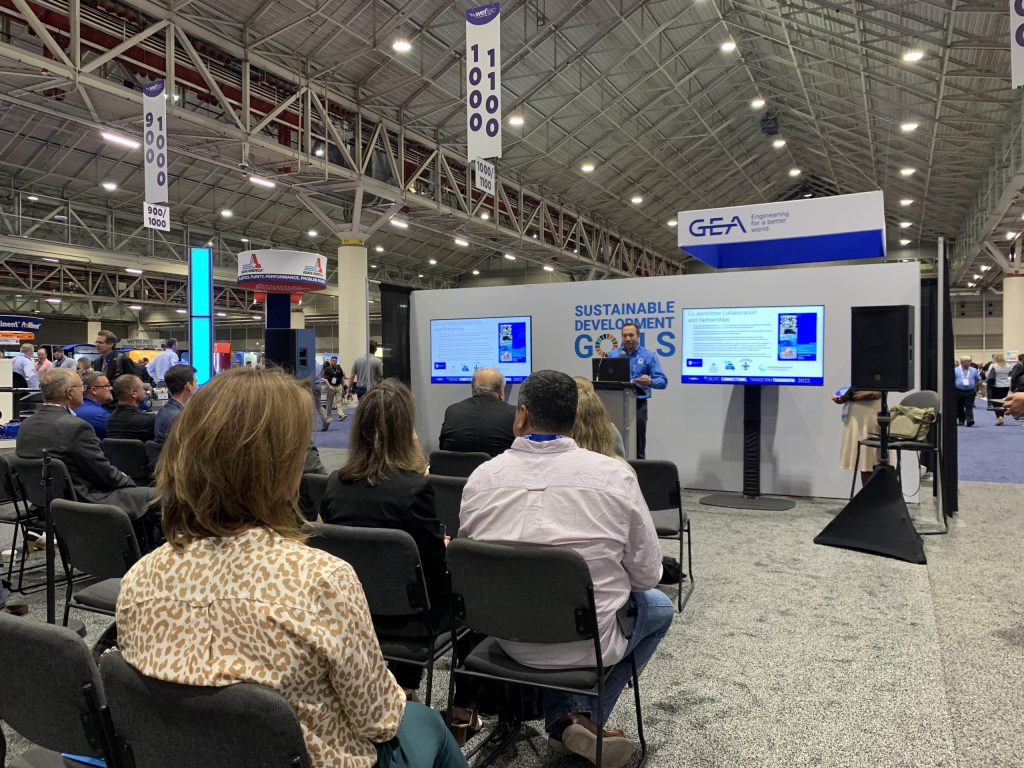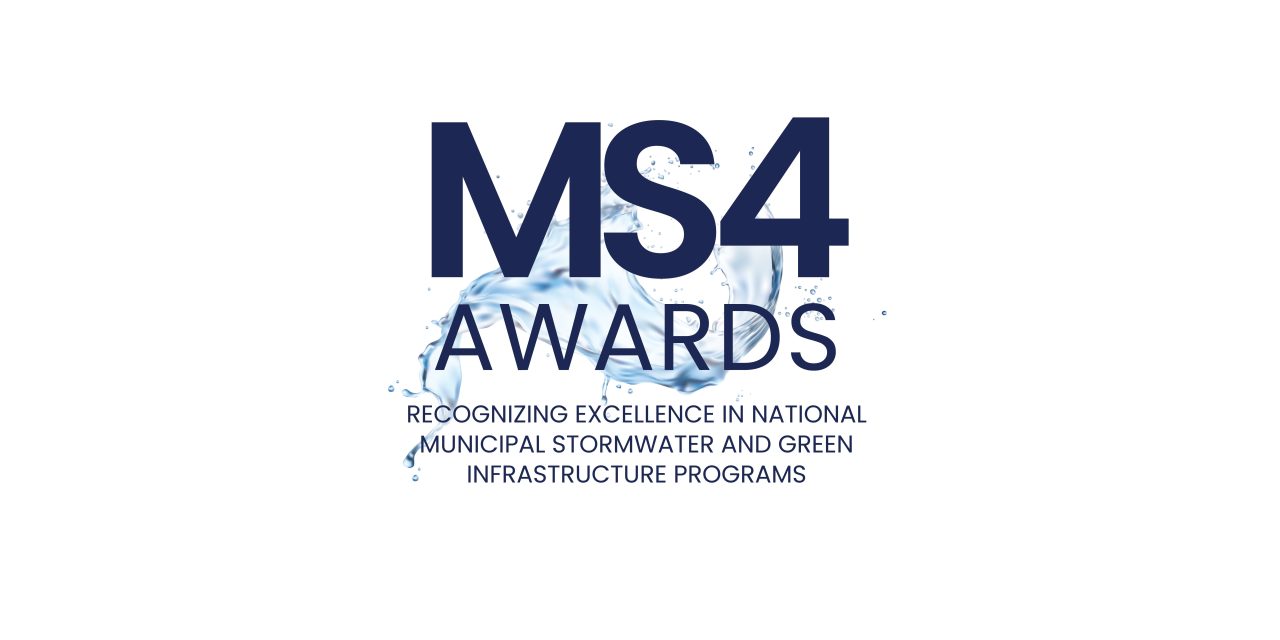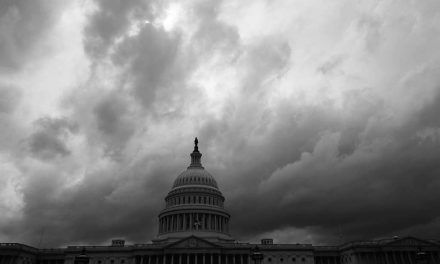At WEFTEC® 2024 in New Orleans, six sector-leading stormwater organizations will receive recognition as winners of this year’s National Municipal Stormwater and Green Infrastructure Awards. The commendations, also known as Municipal Separate Stormwater Sewer System (MS4) Awards, celebrate high-performing municipal stormwater management agencies that exceed regulatory requirements in ways that demonstrate technical ingenuity, financial efficiency, and outstanding public engagement.
The Water Environment Federation (WEF; Alexandria, Virginia) established the MS4 Awards program alongside the U.S. Environmental Protection Agency (EPA) in 2015, seeking to raise visibility for cutting-edge approaches to stormwater management replicable by other organizations. Regulated MS4s in both Phase I and Phase II apply for consideration and selection by a committee of stormwater experts, who each year select winners in three categories: Program Management, Innovation, and Overall Performance.
“Each new class of MS4 Award winners continue to surprise the judging panel with their innovative approaches and program management efforts while achieving exceptional results for their MS4s, often with limited resources,” said Lisa Deason, WEF Stormwater Practice Leader. “WEF is delighted to recognize the ingenuity within the stormwater sector, congratulate this year’s winners, and encourage stormwater managers globally to emulate their success.”
Innovation Winners
The Howard County (Maryland) Department of Public Works took home the top spot in the Innovation category among Phase I MS4 permittees.

Located in an area shaped by its proximity to Chesapeake Bay, Howard County has stormwater permitting requirements that mostly focus on preventing such pollutants as roadway de-icing salt from reaching waterways. The Howard County Department of Public Works is addressing its road salt contributions in large part by implementing a purpose-built vehicle-tracking system that enables staff to monitor the locations of its plow trucks and the amount of salt they are dispensing remotely in real time. This tool empowers the county to carefully control salt application rates to avoid oversaturation. Additionally, the department is leading efforts to replace road salt with brine generated by the county, which has 78% lower salt contents and works faster to de-ice roadways. Judges also recognized Howard County for its robust infrastructure inspection, public education, post-construction monitoring, and climate resilience programs.
In the Phase II Innovation category, first place went to the City of Kirkland (Washington).
Judges celebrated Kirkland for two specific, recently completed projects: the Interactive Creek Health Dashboard, which provides residents a wealth of in-depth water quality data about their local creeks, and the 132nd Square Park Stormwater Retrofits and Renovation project, which greatly enhances stormwater infiltration capabilities within a highly developed area of the city. The dashboard helps residents understand the amount of impervious surface and tree canopy coverage within the city’s 12 watersheds while also providing water quality monitoring data, an inventory of insects and other organisms discovered in nearby streams and creeks, as well as other useful datapoints. The USD $12.2 million renovation project introduces a sizeable underground stormwater vault designed to accommodate runoff generated from the surrounding 20 ha (50 ac) while adding a collection of new park amenities. Thus far, the project successfully has absorbed 100% of all runoff flowing through its target region.
Program Management Winners
Earning the highest score among Phase I permittees in the Program Management category was the City of Dayton (Ohio) Department of Water.
The City of Dayton Department of Water delivers impressive results for the protection of its local waterways while keeping costs low by pursuing an extensive public outreach campaign. In 2023 alone, the city’s anti-litter and water conservation-focused messaging directly reached more than 84,000 individuals through the department’s appearances at more than 20 community events, as well as an estimated 6 million through stormwater management-centric billboards throughout the city. A hallmark of the department’s outreach strategy is its coordination of public river cleanup events as well as facilitation of privately organized efforts by providing equipment and pickup services. Citywide, river cleanup events in 2023 prevented nearly 2,950 kg (6,500 lb) of trash from entering waterways while similar efforts within neighborhoods eliminated a further 254,000 kg (561,000 lb). The City of Dayton also received recognition for its advanced illicit discharge detection and elimination program and thorough its storm sewer mapping efforts.
The judging committee recognized the Detroit Water and Sewerage Department as the top performer in the Phase II Program Management category.
Among several notable achievements by the Detroit Water and Sewerage Department is the recently completed Far West Stormwater Improvement Project: a dedicated network of stormwater best management practices that aligns with the goals of broader Great Lakes conservation plans by curbing the flow of untreated runoff into the sensitive Rouge River. Judges also lauded the department’s participation in the citywide “Improve Detroit” smartphone app, which facilitates resident reporting of water quality issues, flood incidents, illicit discharges, and other problems. Additionally, the department maintains an aggressive post-construction runoff control program that applies to any project that creates or replaces at least 0.2 ha (0.5 ac) of impervious surface, establishing a basis for stormwater-friendly development that promises to protect the city well into the future.
Overall Performance Winners
With an outstanding record in both Innovation and Program Management, the Anne Arundel County Department of Public Works — Bureau of Watershed Protection and Restoration (BWPR; Annapolis, Maryland) won first-place overall among Phase I permittees.
Since 2013, a dedicated stormwater fee provided via annual property taxes has enabled BWPR to deploy more than USD $260 million toward stormwater management and water quality restoration projects throughout the county. BWPR has established comprehensive pollution monitoring and control plans for each of the 13 watersheds within its service area, aiming to eliminate all local waterbodies from Maryland’s impairment lists. The bureau continually thinks outside the box to spend its funding wisely, such as by pioneering an innovative procurement mechanism that defers all payment for contractor-built stormwater projects until their completion and inspection as well as by participating in the state’s active nutrient credit trading program. Additionally, BWPR’s ongoing partnership with the Anne Arundel County Watershed Stewards Academy — which trains residents as “Master Watershed Stewards,” tasked with planning and implementing community-scale stormwater projects — has grown substantially. In fiscal year 2023, the Master Watershed Stewards partnership resulted in 689 new stormwater projects, planting more than 31,000 native plants and removing 69,000 m2 (740,000 ft2) of invasive plant species.
In the Phase II arena, City of Alexandria (Virginia) Stormwater Management emerged atop the overall standings for its comprehensive approach to moderate both runoff quality and quantity.
With a progressive approach to rate-setting for its stormwater utility fee, adopted in 2018, the City of Alexandria has managed to minimize burdens on residents while incentivizing decentralized green infrastructure on private property. The city offers numerous opportunities for residents to shrink their bills — which are calculated based on impervious space rather than property tax assessments — by installing different types of green infrastructure with help from the city. In 2023, the city updated its fee credit program to increase maximum benefits by as much as 50%. This has drastically improved participation rates, with the most recent fee credit cycle experiencing a 450% increase in applications citywide. Supplemented by a robust schedule of city-installed green infrastructure on public land, the city now prevents more than 1,600 kg (3,500 lb) of nitrogen, 295 kg (650 lb) of phosphorus, and 126,000 kg (278,000 lb) of sediment per year from entering Chesapeake Bay.

ABOUT THE AUTHOR
Justin Jacques is editor of Stormwater Report and a staff member of the Water Environment Federation (WEF). In addition to writing for WEF’s online publications, he also contributes to Water Environment & Technology magazine. Contact him at jjacques@wef.org.





